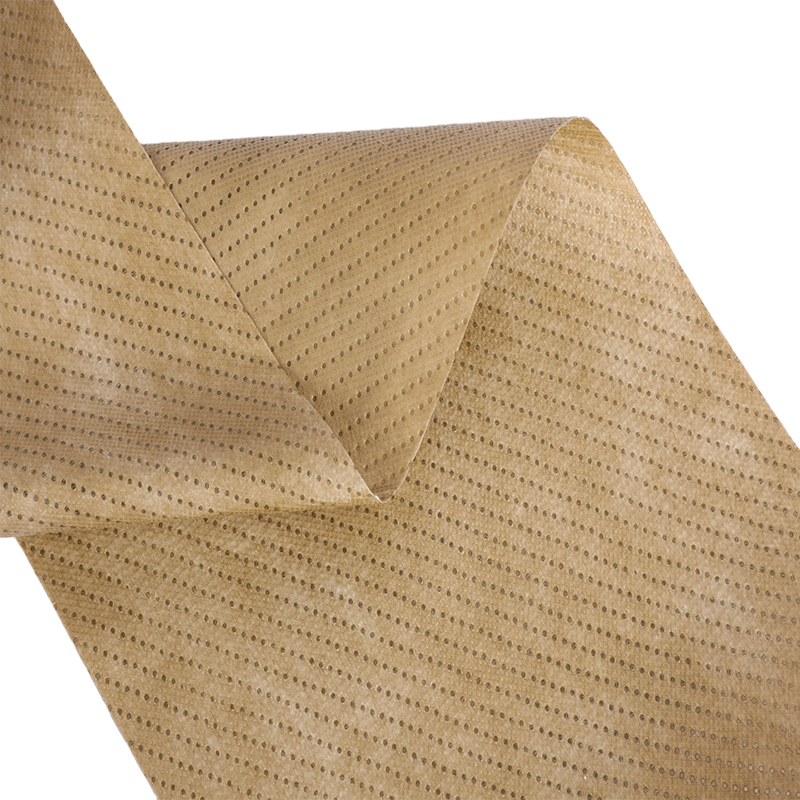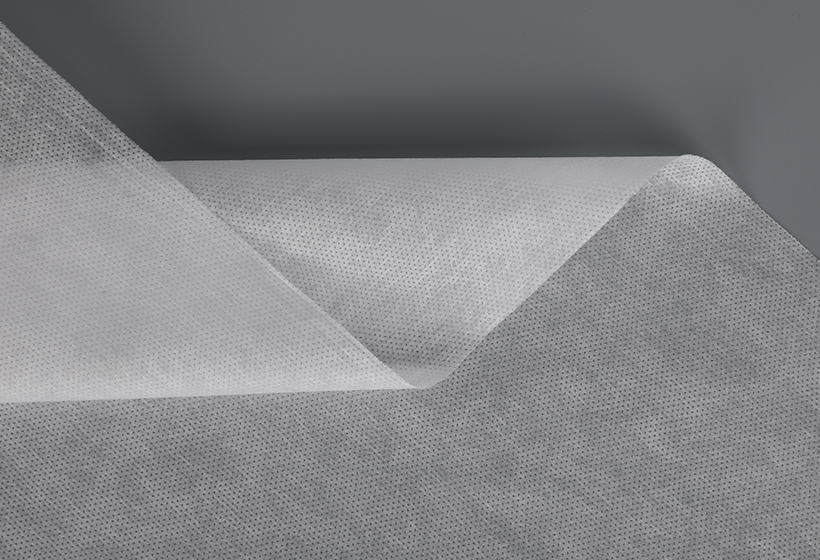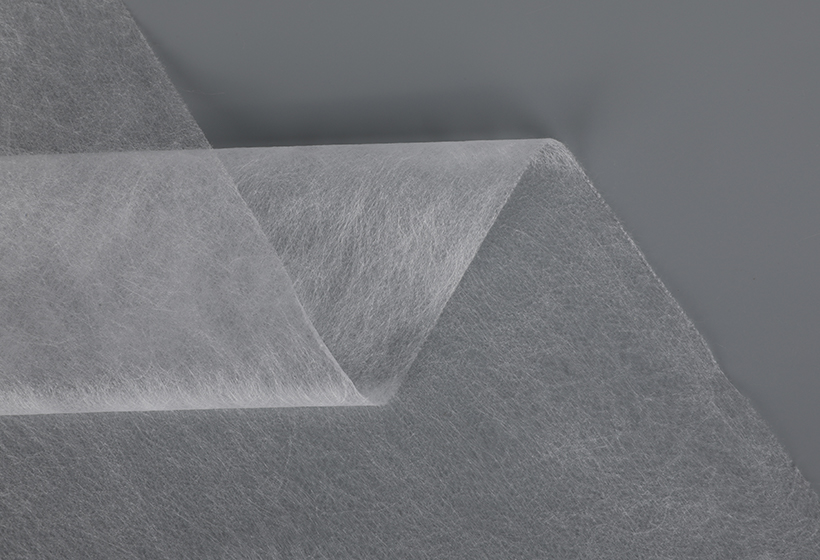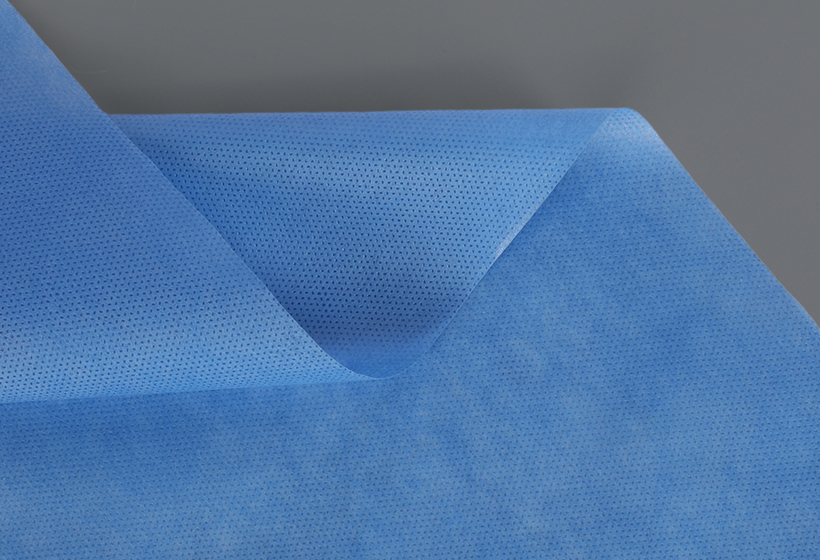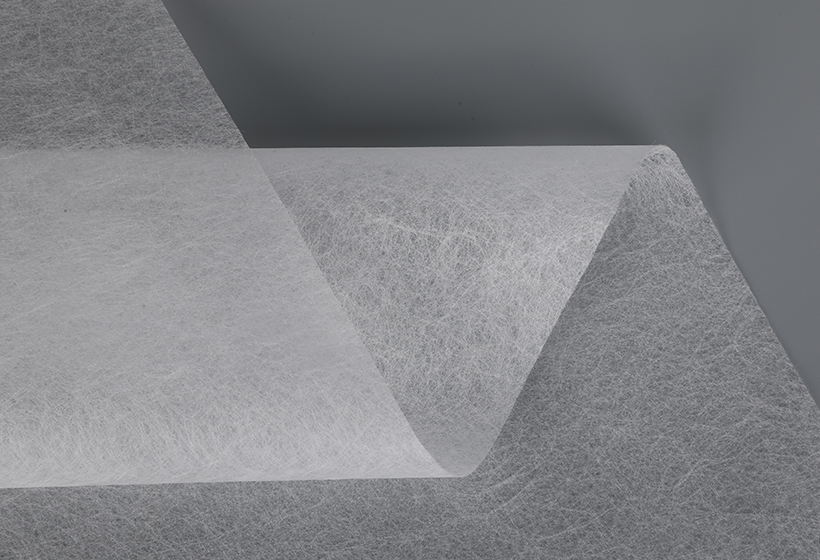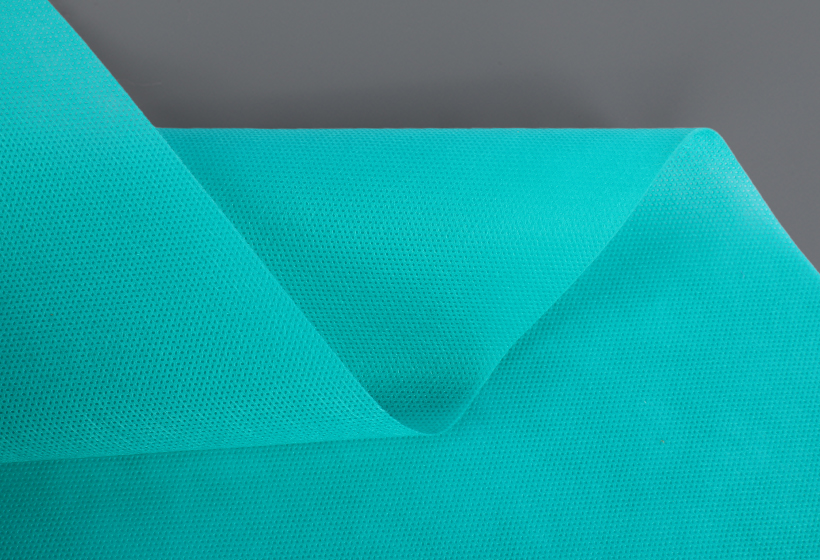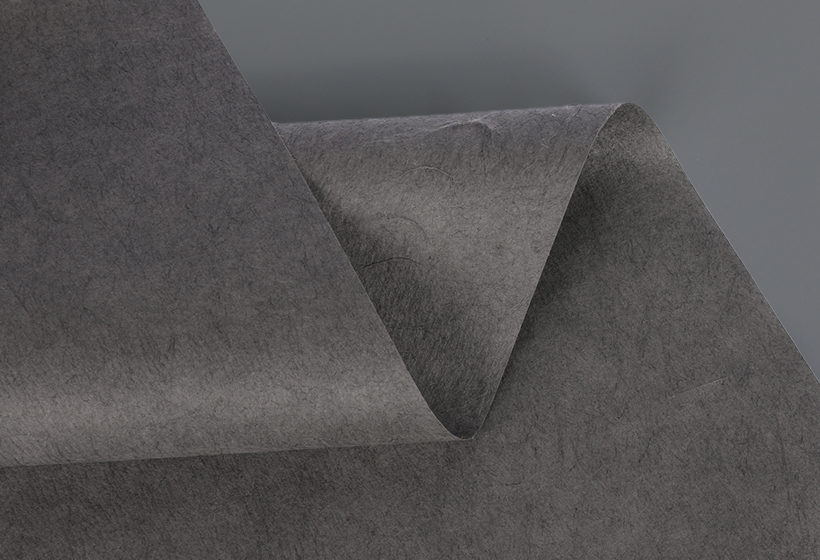The present invention relates to nonwoven fabrics, particularly functional SFS laminated composite non-woven fabrics. These fabrics are useful as components of surgical packs and protection clothing for medical patients, as well as for other types of infection control products. They also have excellent barrier properties and moisture permeation resistance, making them ideal for use in many applications.
Nonwoven fabrics can be made from a variety of different fibers. Fibers ranging from pure muscles to manmade fibres are commonly used to make the fabric. Although these fabrics are durable, they are not inherently fire-resistant. So, it is important to choose nonwoven fabrics with a high alcohol repellency rate. For example, a treated nonwoven fabric with an alcohol repellency of at least 75 percent can be used to prevent the spread of microbial growth.
Typical composite non-woven fabric is composed of at least two layers of three-dimensional fibers. The layers are bonded together by heat and pressure. Each layer may be superimposed on the other. This can result in an exterior that is napped or ribbed.
One example of a composite nonwoven fabric is a three-layer antiultraviolet fabric. It is a patented product, which is mainly used for protective clothing. However, the technology is not yet fully understood. In addition, it is not clear how it is used.
The first layer is constructed from continuous random-deposited filaments. The second layer is similar to the first, but it is constructed of a calcium carbonate composite material. A microporous moisture permeation film is incorporated into the middle layer. Lastly, the outer surface is made of a nonwoven fabric that provides a soft skin touch.
Functional SFS laminated composite non-woven fabrics are designed to inhibit the spread of moisture. They are suitable for use in a variety of applications, such as as protective clothes, laboratory coats, gloves, and aprons. Also, they are highly resistant to ultraviolet rays. As such, they are perfect for cosmetic and sterile applications.
Composite non-woven fabrics have been able to improve their stretchability, water-repellent property, and tensile durability. Moreover, they can also be made to be more lightweight, which is useful for a variety of applications. And, besides, the fabric is recyclable. Therefore, it is not only eco-friendly, but it is also an economical choice for a variety of products.
There are several patented and pending patents for these composite nonwoven fabrics. Most of them are used to create an array of products. However, researchers are still looking for a way to better utilize these fabrics. Thus, they are experimenting with different components to alter the fabric's properties. Some of these modifications include removing or rearranging certain components.
One example of a composite non-woven fabric is a polypropylene-based one, which is usually used in medical applications. The material is lightweight and can mimic the feel of woven fabrics. On the other hand, it has a low water absorption rate. Another example is a PET nonwoven fabric. It is highly resistant to water, and it can be used in civil engineering applications.

 English
English Español
Español
